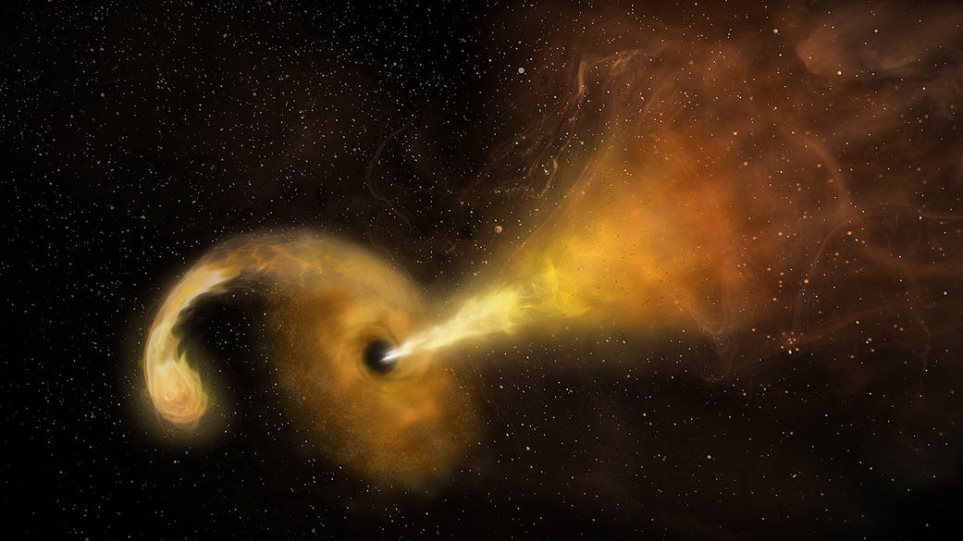By capsule, helicopter, boat, plane, and car, space station science experiments are about to make a first of a kind journey back to researchers on Earth.
On Jan. 11, the SpaceX cargo Dragon spacecraft carrying out the company’s 21st commercial resupply services (CRS-21) mission for NASA undocks from the International Space Station, heading for splashdown off the coast of Florida about 12 hours later. This upgraded Dragon transports significantly more science back to Earth than possible in previous Dragon capsules and is the first space station cargo capsule to splash down off the coast of Florida.
In addition, science returns from the space station through NASA’s Kennedy Space Center in Florida for the first time since the retirement of the space shuttle.
“I am excited to finally see science returning here again because we can get these time sensitive experiments into the lab faster than ever,” says Kennedy Space Center utilization project manager Jennifer Wahlberg. “Sending science up to space and then receiving it again on the runway was definitely something in the shuttle days that we really took pride in, and being able to rejoin that process is great.”
Unsolved Mysteries: 3 Theories on what happened in Berkshire County in 1969
Rowan Atkinson says Cancel Culture “Like Medieval Mob looking for someone to burn”
As the spacecraft returns to Earth, the experiments start to experience the effects of gravity again. Splashdown sets into motion rapid operations to return the samples and experiments back to researchers around the world. After a SpaceX boat scoops the capsule out of the water, a waiting team pulls time-critical science out of the spacecraft and loads it onto a waiting helicopter. The helicopter will deliver this science to shore a few hours after splashdown. Any remaining scientific cargo will come back either in a second helicopter load or stay aboard the boat and be removed at the port.
Read more: NASA







































